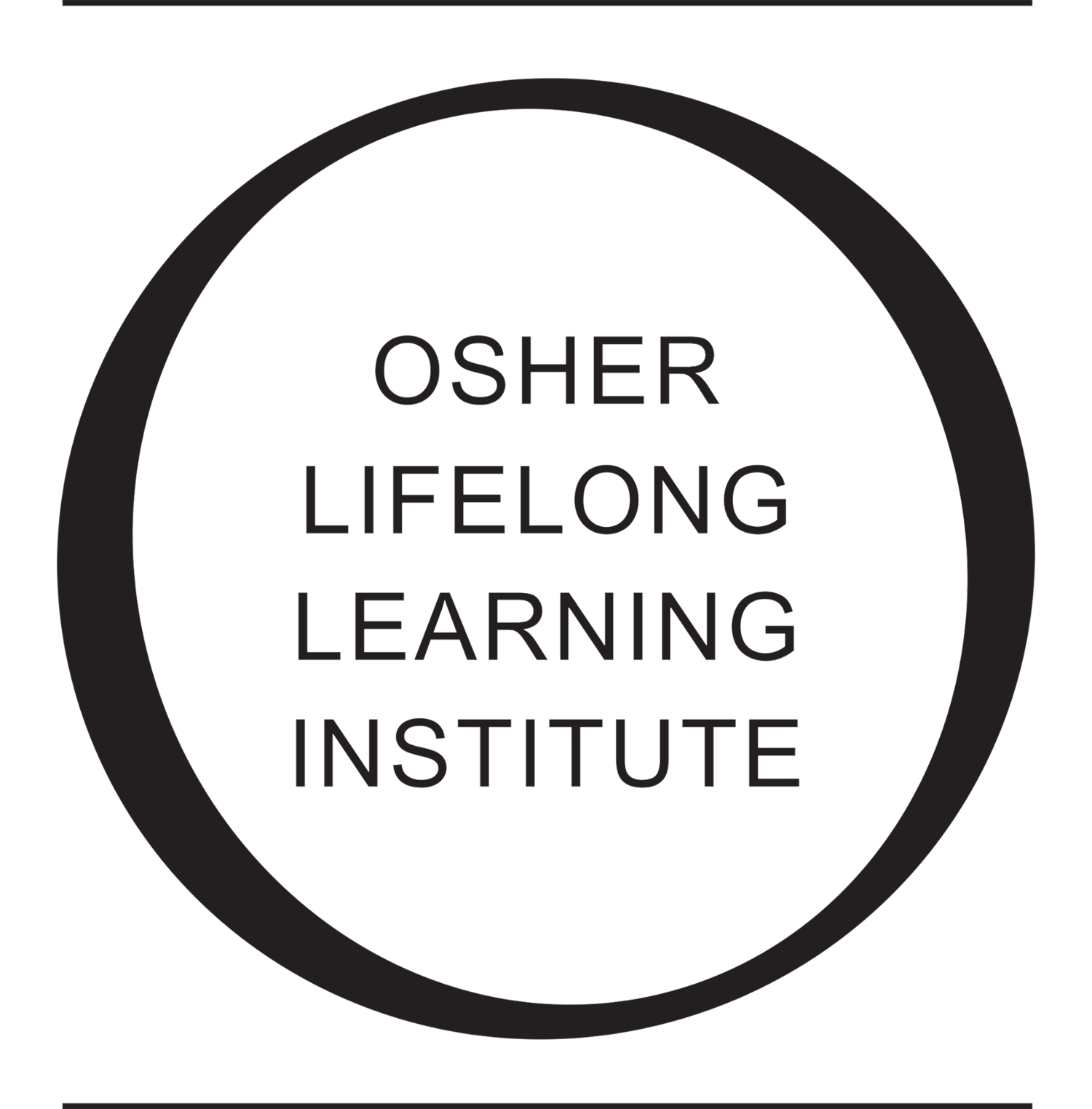Chamberfest Cleveland Update
By Catherine Hornstein
Seated on Frank’s bus, Owen Cantor and his graduate assistant Brad chatting about last minute logistics—we were to check our dinner menu selections and learned about a scheduled break at the first rest stop in Ohio. There, our leader informed us, we would have access to bathrooms, potato chips, and souvenir refrigerator magnets.
People already were upbeat: “It’s great so far!” “I like my footrest (the bus wheel cover).”
As we moved onto the turnpike, however, there were the inevitable cones and corresponding bumps. “Do you suppose it’s going to be this way all the way to Cleveland?” (We had a very scientific tally by the time we got there.)
Housing merged into greenery—trees, farms. One of the pieces we were slated to hear was John Adams’ “Road Movies,” and the trip replicated the themes of barns, water towers, fields coming closer, flashing by, and then receding behind us.
The rest stop featured both Panera Bread and Dairy Queen, plus a truckers’ lounge (open to anyone) that had coin-operated massage chairs—one being demonstrated by a weary semi-trailer driver. This was a considerable upgrade from the promised potato chips!
About 14 miles from Cleveland, we saw our first Lake Erie sea gulls, then announcements for the Cleveland Clinic, an array of industrial outlets, car dealerships, a Lowe’s and a B.J’s, motels, corporate headquarters, three windmills, less fortunate businesses (a pawnshop), and a red wall with periodic insets of a train engine, structures or “Cleveland” in beige.
Entering the city, the University Circle area is gorgeous, an international park (“We just passed Russia!”), several weddings in progress. Then came Cleveland’s cultural icons: Severance Hall, the Museum of Art, a domed Synagogue turned into a performing arts center. The hotel was in walking distance.
The Tudor Arms is an historic building reconfigured into a hotel, the rooms very much modernized with the amenities to make it comfortable—browns and beiges. An hour or so after check in, the group intermingled at dinner tables, solo travelers and couples alike. A warning: the slice of carrot cake is huge!
Mixon Hall at the Cleveland Institute of Music, the first of the music venues, is visually and acoustically marvelous. Contrasting with the warm wood-slated interior, a fifty-foot sheet of glass at the back of the stage looks out onto greenery and a restless sky. After-dark illumination singles out one striking tree with light splashes over a path of ferns. There was no sense of artificial sound. Even the audience’s pre-concert conversations were distinct yet quiet. Each instrument seemed to speak independently. The varied program featured amazing youthful talent performing a range of styles and rhythms. Brahms’ Trio No. 1 for piano, violin and cello in B major (Opus 8) was perhaps the emotional highlight. One of our group commented that this performance alone was worth the trip.
On Sunday, the bus took the group to downtown Cleveland to the “Glass Box”, a private residence built on top of a tall hotel building. The generous owners had given their cubed space to permit ChamberFest performances. As the name suggests, three sides are glass, with a 180-degree view of blue Lake Erie, the impressive Terminal Tower, and the sprawling metropolis to the west. An outside walkway invites visitors to look down as well. Inside there were platters of small and tasty bites to please other senses. The ears, of course, got preferential treatment as most of the Saturday night’s performers, several of them with Pittsburgh connections (guests with the PSO), joined two additional string players.
It was wonderful to watch and hear a quintet of string players, their bowing and fingering backlit by Lake Erie, presenting Beethoven’s Opus 29. Who knew that Ludwig played the viola with bad fingerings? The Ysaye Sonata for two solo violins, one of the most difficult string pieces ever written, was given a polished performance by the two brilliant musicians.
As the bus headed back to Cleveland, riders were again treated to a running narrative and tour—Connecticut giving up its claims to its “Western Reserve” after the Revolutionary War with surveyor Moses Cleveland becoming the city’s namesake, the Morton Salt mines under Lake Erie, the Gilded Age’s Millionaire’s Row on Euclid, the “ed and med” district as a modern economic engine.
And then there were the memories: the five of us walking back to the hotel after the Friday concert. Beautiful night . . . and the shop lifter (Anyone missing half a “Wall Street Journal?) . . . apocryphal origin stories for architectural wonders (“started as an abattoir”) . . . the missing but delicious Greek chicken dinner. Don’t ask. But no more on these because—What plays in Cleveland, stays in Cleveland.
It was a great adventure for all of us, and most importantly: “See you next year. This trip is not to be missed!”
